Discovering January in Japan: Unique Traditions and Cultural Experiences
Japan is a country that beautifully blends modernity with deep-rooted traditions, and January is one of the most culturally rich months to visit. From celebrating the New Year to enjoying winter-specific activities, January offers a glimpse into the heart of Japanese culture. Here are some highlights of January’s traditions and events that foreign visitors can enjoy while traveling in Japan.
1. Oshōgatsu (New Year’s Celebrations)
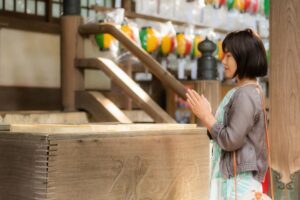
New Year, or Oshōgatsu, is the most important holiday in Japan. It’s a time for families to gather, reflect on the past year, and pray for health and prosperity in the year ahead. While the main festivities occur on January 1st, many traditions continue through the first week of January.
Hatsumōde: Visiting a shrine or temple for the first time in the new year is a must-try experience. Popular shrines like Meiji Shrine in Tokyo or Fushimi Inari Taisha in Kyoto welcome thousands of visitors. You can make a wish, purchase lucky charms, and draw an omikuji (fortune slip).
New Year’s Cuisine: Don’t miss osechi ryōri, a traditional New Year’s meal served in lacquered boxes. Each dish has a symbolic meaning, such as good health, happiness, or prosperity.
2. Kakizome (First Calligraphy of the Year)
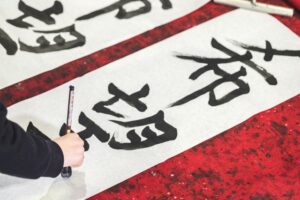
On January 2nd or shortly thereafter, people practice kakizome, the first calligraphy writing of the year. This tradition involves writing auspicious phrases or resolutions using ink and brush. Many schools and cultural centers host kakizome events where visitors can try their hand at this elegant art form.
3. Coming of Age Day (Seijin no Hi)
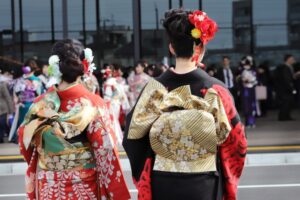
Held on the second Monday of January, Seijin no Hi celebrates young people who have turned 20, marking their transition into adulthood. Cities and towns hold ceremonies, and participants dress in stunning traditional attire—women often wear colorful furisode kimonos, and men may don formal suits or hakama. Visitors can observe this festive day at public celebrations or admire the beautifully dressed attendees.
4. Winter Festivals and Snow Activities
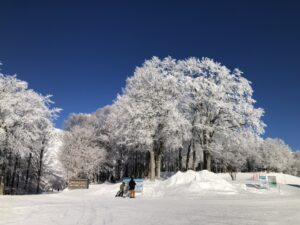
January is the perfect time to enjoy Japan’s winter landscapes and activities.
Sapporo Snow Festival (Yuki Matsuri): While the main event is in February, preparation begins in January. If you’re in Hokkaido, you can catch glimpses of snow sculpture construction.
Skiing and Snowboarding: Japan’s snowy regions, like Hakuba or Niseko, offer world-class ski resorts. Even if you don’t ski, many resorts have hot springs (onsen) with breathtaking views.
5. Dondo Yaki (Fire Festivals)
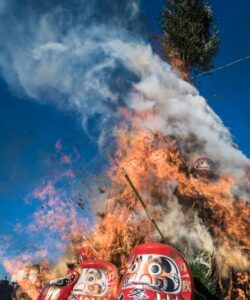
In mid-January, many shrines host dondo yaki, a fire ceremony where people burn New Year’s decorations and omamori (amulets) from the previous year. The fire is believed to purify and bring good luck. This is a unique cultural experience that provides a deeper understanding of Japan’s connection to spirituality and nature.
6. Seasonal Foods and Hot Drinks
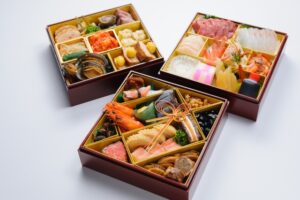
Winter in Japan is also a culinary delight. January specialties include:
Ozoni: A comforting soup with mochi, enjoyed during the New Year.
Yuzu Tea: A sweet, citrusy hot drink made from yuzu, perfect for warming up on chilly days.
Nabe: Hot pot dishes like sukiyaki or shabu-shabu are must-tries in winter.
Tips for Visitors
Dress Warmly: January is cold, especially in northern regions, so pack layers, gloves, and a hat.
Plan Ahead: Popular events and attractions can get crowded. Arrive early for hatsumōde or reserve accommodations near winter festivals.
Learn Basic Phrases: Knowing a few Japanese phrases like “Akemashite omedetō gozaimasu” (“Happy New Year”) can enhance your interactions.
January in Japan is a magical time filled with traditions, celebrations, and warm hospitality. Whether you’re exploring ancient customs or indulging in winter cuisine, this month offers countless ways to immerse yourself in Japanese culture. Plan your trip to experience the beauty of Japan’s new beginnings!
